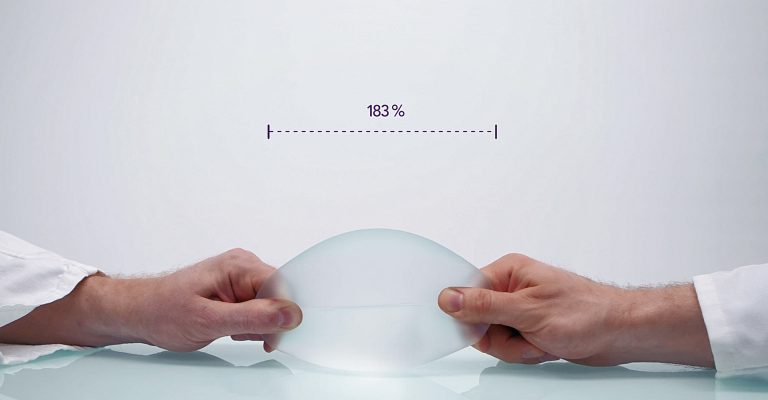Plastic & Cosmetic Surgery • 06 Jun 2018
The most difficult breast procedure
The female breast is an inherent part of the identity of every woman. Which is what makes any operation aimed at improving the aesthetic appearance of the breast, inherently challenging. Every breast is different. This applies to when comparing breast size, shape and symmetry. Differences therefore exist between the breasts of different patients, but also between the two breasts of a single patient. As it is commonly said, the two breasts are sisters, not twins.
There are a range of surgical procedures that can be carried out to address the aesthetics, as well as the functional aspects of breast tissue. Breasts can be augmented using implants or autologous fat grafting. They can be reduced in size and/or lifted to remove volume and reset the breast mount on the correct, i.e. more youthful, position on the thorax. There is, however, one procedure that demands greater skill, attention to detail during the pre-operative planning step, and focused execution. The combination of breast augmentation and breast lift, i.e. an Augmentation-Mastopexy, is undeniably one of the most, if not the most challenging breast operations. But why? Beyond just being a more extensive procedure, comprising in effect two operations, this procedure aims at achieving two counteracting effects: an increase in breast volume, and a subsequent expansion of the breast envelope, while at the same time a reduction in excess skin and/or gland, and a movement of the breast upwards against gravity. These are opposite forces, since an implant will tend to lower the nipple-areola complex, which is supposed to be lifted with a mastopexy.
This makes the augmentation-mastopexy operation particularly difficult. Without careful planning and perfect intra-operative execution, results can be significantly unsatisfactory. For once, it should be first determined, whether the two procedures could be combined in one operation, or better be staged. This largely depends on the extent of breast ptosis. Indeed, there are various algorithms that can aid the surgeon in making this decision. If breast ptosis is significant, it could be perhaps advisable to stage the two procedures, so that the mastopexy is first carried out, followed by the augmentation at a later stage. Another important intra-operative factor to consider is whether the augmentation should be carried out before the mastopexy, or the other way around, as in the classic method taught. The rational for carrying out the augmentation first is that it minimizes the risk for ‘running out’ of skin envelope, which might occur if a mastopexy was carried out first. In reality, however, individual surgeon experience will determine which technique can produce the best result.
In my practice, both hand-taken measurements, as well as a detailed pre-operative planning using 3D computer simulation are paramount aspects for best planning this procedure and achieving the best possible result. A 3D simulation can predictably indicate the effect of choosing various implant sizes, and the effect of the mastopexy on overall breast shape. This is done for every patient, regardless of degree of breast ptosis or the desired volume of the augmentation. When this is done correctly, risk is reduced, execution is facilitated and results are consistently excellent.











